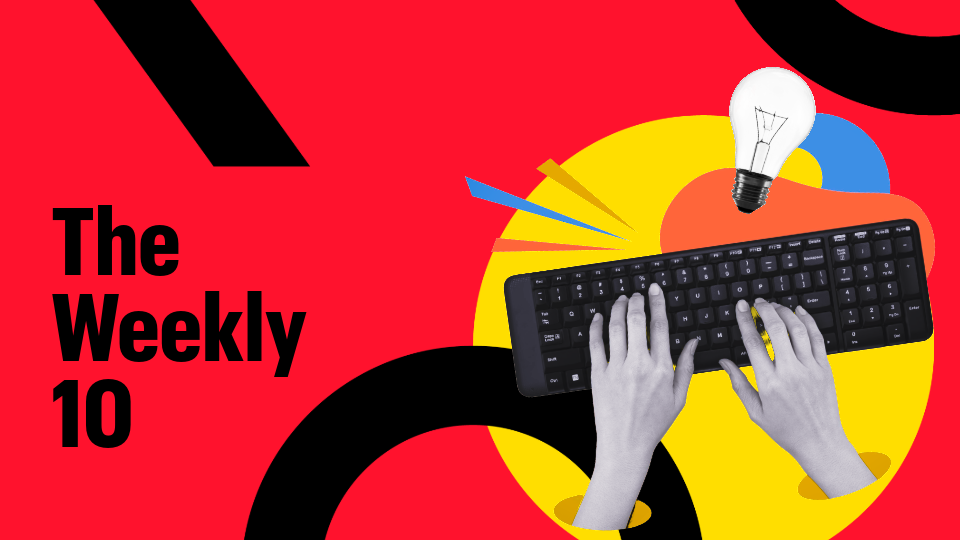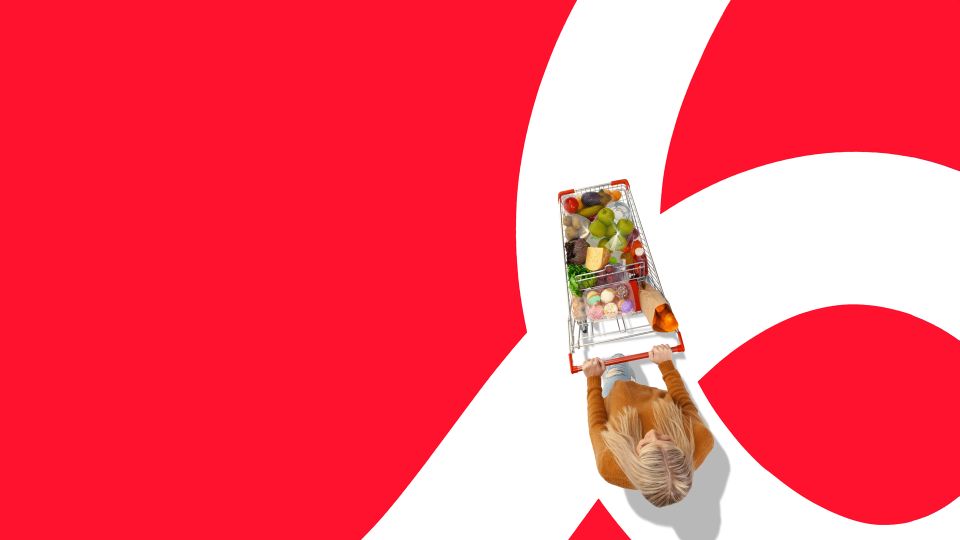“Technology changes everything,” JPMorgan CEO Jamie Dimon recently told Bloomberg News journalist Emily Chang. “If anyone is complacent or arrogant or thinks that because you have a big position today you can have a big position tomorrow, that’s a mistake.”
That candid admission from the leader of the world’s biggest bank came during the latest episode of “The Circuit with Emily Chang,” which premiered earlier this month. Chang notes that the “humility of the incumbents and the determination of the disruptors” is a major theme of her show this year.
That said, disruption is an opportunity — and not only for the disruptors. Determined legacy financial services firms can learn from the upstarts, particularly when it comes to their marketing and messaging.
Here, four ways that neobanks (aka digital banks) and fintechs (financial technology companies) have been upending financial services marketing to reach new audiences and cultivate next-gen consumers:
1. Neobanks and fintechs market “ease of use” and transparency above all
If there’s one unifying subtext to neobank and fintech messaging, it’s that some of the largest and best-known financial services brands can be challenging to deal with — and their offerings and fee structures can be difficult to understand. The upstarts market themselves as an alternative to all that stress-inducing complexity.
Mobile banking app Dave, for instance, invites consumers to “manage your money with products designed to make finances easier.” Chime positions itself as “a financial technology company that believes basic banking services should be helpful, easy and free.” Insurance company Lemonade says that when you use its app, “everything becomes simple and transparent.” Ally says it’s “making banking smarter and simpler.” And SoFi says “your money works better when it’s all in one app.”
“While incumbent financial institutions also typically offer apps, neobanks and fintechs have made their app-based ease-of-use central to their branding and messaging,” says Erin Slater, Head of Financial Services Strategy at Quad. “They’ve committed to building strategy around the idea that their customers want to seamlessly manage their finances from the comfort of their smartphones — and that consumers are increasingly demanding clarity when it comes to product offerings and fees.”
2. Neobanks and fintechs speak human
To promote its Ally Bank Savings Account, Ally Financial asks, “With a rate this good, why stash your cash anywhere else?” Lemonade explains that its term life policy is for “protecting the people you love” — and also markets an offering for “furry family members” (pet health insurance). And Dave calls itself “your ultimate financial friend” and has a quirky cartoon bear as its mascot.
“What’s so compelling about the messaging coming from these financial industry upstarts is that it’s consistently conversational, warm and even playful,” says Devon Craig, Head of Financial Services Marketing for Quad. “That type of sensibility perfectly sets the stage for truly personalized, data-driven omnichannel marketing that makes customers and prospective customers feel seen.”
And when customers feel “seen” across channels, they’re more likely to engage. According to a Quad Customer Focus national survey, 44% of consumers say they are “extremely” or “very likely” to open a direct mail offer when it’s coordinated with a personalized email and social media ad. A related 2023 Quad survey of financial marketers found that 47% increased their investment in data-driven campaigns for the year.
Quad focuses heavily on leveraging data in part because we work with more than 100 brands across the financial services industry. A team of more than 600 people plans, creates, produces, distributes and measures a variety of marketing initiatives — including direct mail — with an emphasis on data and measurement, creative strategy and creation, and retail execution.
3. Neobanks and fintechs emphasize their responsiveness, speed and flexibility
Chime markets a debit card overdraft protection offering called SpotMe — and on its website it shows real-world examples of the type of alerts customers get when the service is activated (e.g., “Because your balance was so low, $4 of your $22 purchase at Petco was taken care of by SpotMe. Phew”). Dave tells prospective customers that they can “get up to $500 in 5 minutes or less” with an ExtraCash account (“Rent, bills, gas, inflation — there are countless reasons why you might need an interest-free advance between paychecks”).
And buy-now-pay-later (BNPL) platform Afterpay goes beyond its core value proposition — enabling consumers to buy products from select retailers in four interest-free payments — to offer consumers the option of paying over 6 or 12 months, with the promise to “cap late payments to help you get back on track” when needed.
“The imperative for neobanks and fintechs is to market personalized solutions at scale,” says Slater. “By emphasizing the inherent flexibility of their offerings, they’re telling their customers, ‘We understand your needs,’ and ‘We’ll work with you.’”
4. Neobanks and fintechs are putting out the welcome mat for “unbanked” and “underbanked” consumers
Over the years, the financial services industry has been grappling with the notion of financial inclusion and the need to reach millions of so-called “unbanked” and “underbanked” (or “underserved”) consumers.
But the reality in 2024 is that many consumers are choosing to go outside the traditional financial system because they’re able to satisfy their needs with products and services from neobanks and fintechs. Consider, for instance, that BNPL purchases, ExtraCash and SpotMe all essentially amount to small, short-term loans — though consumers may or may not think of them that way.
As Morning Consult Financial Services Analyst Charlotte Principato told The Financial Brand’s Steve Cocheo, many consumers “are on the cutting edge of accessing what’s available to them today, and they are cobbling together all the different ways they can access financial services now.” Summarizing Morning Consult’s findings, Cocheo notes that Millennials “are nearly half of the underbanked population and just over a third of the unbanked population” — and remarkably, “income is not a differentiating factor for fully banked and underbanked people.”
In other words, many consumers — especially younger consumers — are choosing to manage their finances with a blend of products and services that don’t necessarily conform to traditional financial industry expectations. And the best way to inspire those choices is with personalized marketing that show how those products and services can meet their specific financial needs.
Such personalized messaging, of course, needn’t just be the domain of upstart brands. Quad works with national and regional financial services marketers, and it’s clear that among incumbents and upstarts alike, tailored, data-driven messaging is transforming the way consumers discover and connect with brands.
“Technology is the great equalizer, because it gives people meaningful resources and beneficial information they may otherwise not have had without tech,” says Craig. “And by leveraging tech, consumers have created plenty of room for neobanks and fintechs to flourish. But with the right marketing partner — and the right data-driven strategy — incumbent financial institutions can also become challenger brands.”
Quad is a marketing experience (MX) company that works with more than 2,700 brands. Want to learn more about our tech-driven, data-informed MX suite of solutions, across creative, production and media? Reach out to Erin Slater at eeslater@quad.com.



